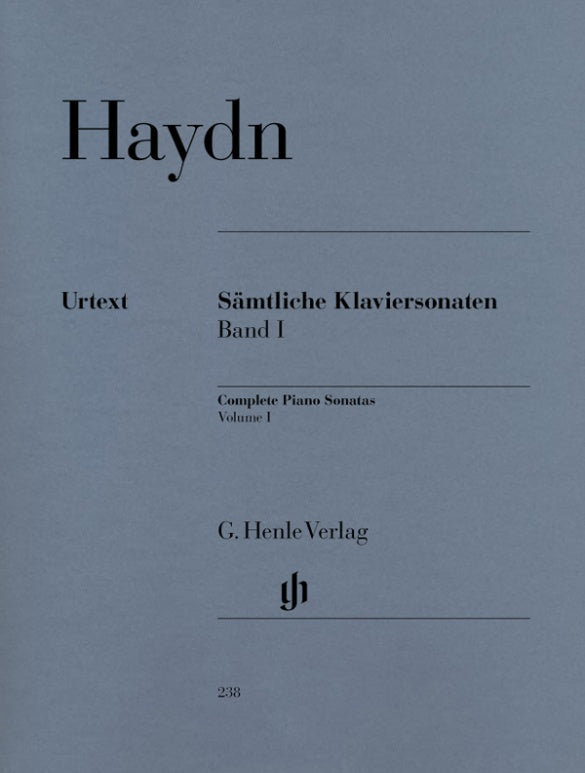
Joseph Haydn
Among Joseph Haydn’s extensive oeuvre is an almost inexhaustible stock of piano sonatas. With altogether over 50 works, they form a significant segment of his overall output. One of this composer’s great achievements is that in these sonatas – as in many other genres, such as the symphonies and string quartets – Haydn bridges discrepant stylistic eras, and lays the founding stone for the classical piano sonata.
Next to 25 complete sonatas in the Appendix, Volume I also contains five single pieces (that had perhaps once been planned as sonatas), and the beginnings of seven lost sonatas.
A first group of nine sonatas, which was no doubt intended for the more proficient student, was likely written in the 1750s, when Haydn was still eking out a living as “chamber servant” to the composer Nicola Porpora, or as a freelance artist.
Several of these pieces cannot be entirely authenticated without the shadow of a doubt.
A second group, also consisting of nine works, albeit considerably easier “little” sonatas, leads us into the 1760s.
The last group of sonatas in the book comprises seven sonatas which Haydn composed between 1765 and 1772, thus already during his time of employment as Prince Esterházy’s Kapellmeister. They are finest Haydn, full of surprise effects and pianistic refinements.



